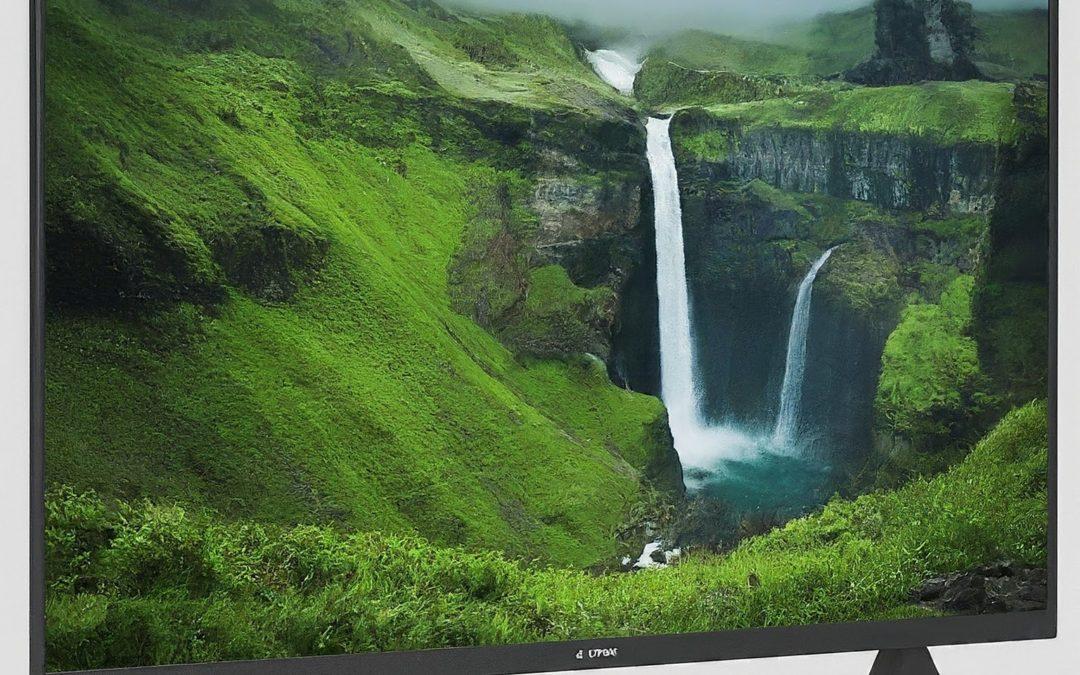Imagine a world where you can conjure up vivid landscapes, characters, and stories with just a few words. With Google’s Lumiere, this futuristic vision is becoming a reality. Lumiere is a revolutionary text-to-video diffusion model that uses artificial intelligence (AI) to generate stunningly realistic and diverse videos from simple text descriptions and even images.
How Does Lumiere Work?
Lumiere stands apart from other text-to-video models due to its unique architecture. It utilizes a novel concept called a Space-Time U-Net (STUNet) that allows it to process all the frames within a video simultaneously. This is a significant leap forward compared to existing models that generate videos by creating keyframes and then filling in the gaps.
STUNet empowers Lumiere to produce videos that exhibit natural and smooth motion, a hurdle that has long plagued video synthesis. The model starts with a noisy image and iteratively refines it based on the provided text description, progressively incorporating details and realistic movements until a high-quality video emerges.
What Makes Lumiere Groundbreaking?
Lumiere’s ability to generate high-fidelity videos from basic text prompts opens doors to a plethora of exciting applications. Here are just a few examples:
- Enhanced communication: Imagine explaining complex scientific phenomena or historical events through engaging and informative videos automatically generated by Lumiere.
- Revolutionizing e-learning: Educational content can be made more interactive and captivating with Lumiere’s ability to transform dry text into dynamic visuals.
- Democratizing video creation: Lumiere has the potential to empower anyone to become a video creator, regardless of their technical expertise.
- Redefining the entertainment industry: Storyboards, concept art, and even special effects could all be significantly streamlined with the help of Lumiere’s AI-powered video generation.
The Future of Lumiere
While Lumiere is currently a research project, its potential impact on the future of video creation is undeniable. As the technology continues to develop, we can expect to see even more realistic and nuanced videos generated from even simpler text descriptions. The possibilities are truly endless.
Beyond the Cutting Edge
It’s important to acknowledge the potential ethical considerations surrounding AI-generated videos, such as the spread of misinformation or the creation of deepfakes. As with any powerful technology, responsible development and implementation are crucial.
Conclusion
Overall, Google’s Lumiere represents a significant leap forward in the realm of AI-powered video generation. With its ability to create high-quality and natural-looking videos from text descriptions, Lumiere has the potential to revolutionize the way we communicate, learn, and create.

